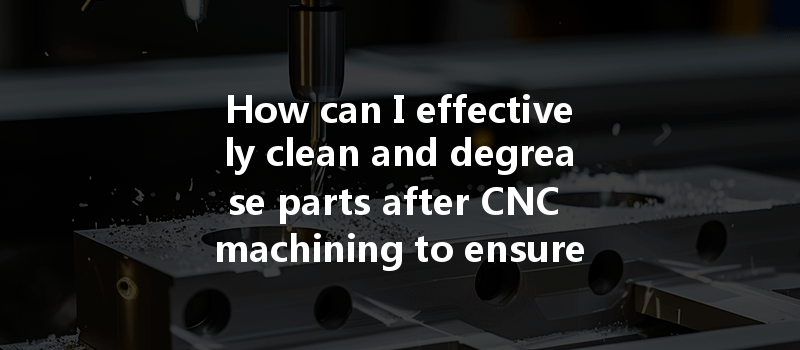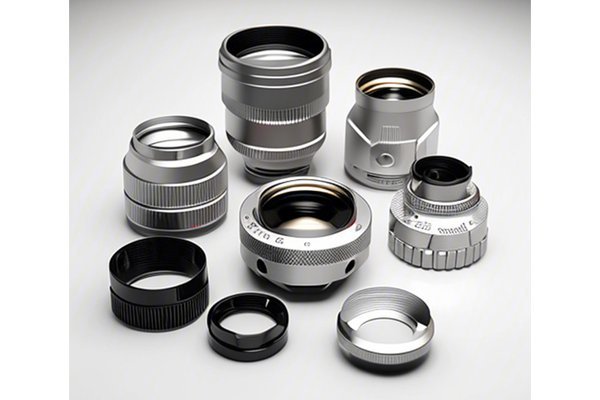Did you know that improper cleaning and degreasing of CNC machined parts can lead to costly production delays, quality issues, and even failures in the final products? According to industry studies, uncleaned metal components are among the leading causes of mechanical failure, accounting for up to 30% of defects in machined parts. As the demand for precision fabrication and high-quality products continues to rise, the cleanliness of parts post-CNC machining becomes crucial. This blog will delve into effective methods of cleaning and degreasing machined components, ensuring high standards of quality control in manufacturing.
Understanding the Importance of Cleaning and Degreasing
Before we dive into the methods, it is essential to understand why cleaning and degreasing are critical steps in the CNC machining process. When parts are machined, they often come into contact with various substances, including oils, cutting fluids, and metal chips. If not adequately removed, these residues can lead to several adverse effects, including:
Part Cleaning and Degreasing Techniques
Now that we understand the implications of inadequate cleaning, let’s explore the methods and techniques to effectively clean and degrease CNC machined parts.
Mechanical cleaning involves using mechanical means to remove contaminants from surfaces. This technique is particularly effective for removing larger debris.
Methods:
Advantages:
Considerations:
Chemical cleaning involves the use of solvents or detergents to dissolve or emulsify contaminants.
Methods:
Advantages:
Considerations:

Vapor degreasing leverages the ability of certain solvents to vaporize and condense onto cool parts, effectively removing oils and residues.
Process:
Advantages:
Considerations:
Dry ice blasting utilizes solid carbon dioxide particles that, upon impact, sublimate and lift away contaminants.
Advantages:
Considerations:
Best Practices for Effective Cleaning and Degreasing
To achieve the best results, consider these best practices when cleaning and degreasing CNC machined parts:
The process of cleaning and degreasing CNC machined parts is not only vital for product quality but also for the overall efficiency of production operations. By employing the appropriate techniques—whether mechanical, chemical, vapor degreasing, or dry ice blasting—and adhering to best practices, manufacturers can achieve high standards of cleanliness and quality assurance.
In a world where product failures due to inadequate maintenance can lead to significant financial losses and credibility risks, it’s crucial to prioritize the cleanliness of machined parts. Remember, in precision engineering, the devil is in the details. Ensuring that every part is meticulously cleaned can significantly contribute to the robustness and reliability of the final assembly.
As you contemplate the cleaning processes for your CNC machined parts, reflect on how seamless this aspect can enhance your manufacturing operations. A commitment to cleanliness today can prevent potential liabilities tomorrow, ensuring that your products not only meet but exceed customer expectations.
Reflecting on this critical process, it’s evident that investing time and effort into effective cleaning and degreasing is not merely a statutory obligation; it is a pathway to quality and customer satisfaction. Therefore, take the steps necessary to refine your cleaning process and watch your production quality soar.






